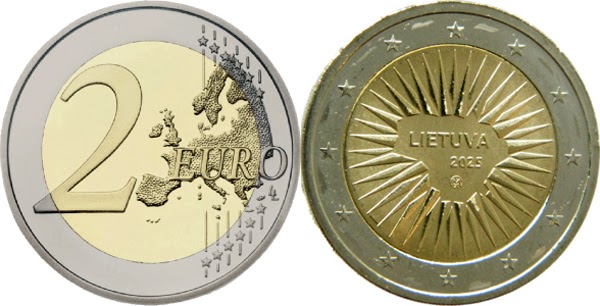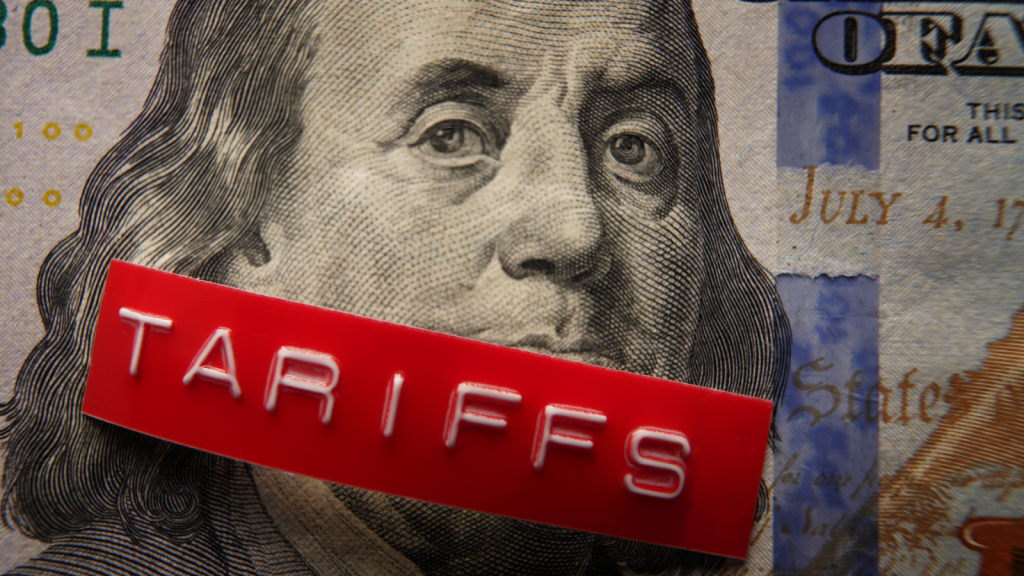Updated on April 2nd, 2025 by Nathan Parsh
Thanks to the diverse offerings available in the stock market, investors can buy stock in companies of all shapes and sizes. Companies with market capitalizations of $10 billion or more are considered large-cap stocks, while small-caps have market capitalizations below $2 billion.
However, even smaller companies are trading in the United States. For example, micro-caps generally have market capitalizations of $300 million or less.
Cross Timbers Royalty Trust (CRT) is a micro-cap, and a tiny one at that—its market capitalization is just $74 million. Although its market capitalization is minuscule, its dividend is quite large. Cross Timbers stock has a high dividend yield of 8.1%.
Plus, Cross Timbers pays a monthly dividend. Sure Dividend has compiled a database of 76 monthly dividend stocks (along with important financial metrics such as dividend yields and payout ratios) which you can access below:
Despite its high yield and monthly dividend payouts, Cross Timbers has a highly uncertain outlook. The company has a very risky business model, and its annual dividend payouts declined steadily between 2014 and 2020.
Therefore, only the most risk-tolerant investors should consider buying Cross Timbers.
Business Overview
Cross Timbers Royalty Trust was created on February 12, 1991, and it earns money from two sources. First, income is derived from a 75% net profits interest in seven oil-producing properties in Texas and Oklahoma operated by established oil companies.
In addition, income is generated from a 90% net profits interest in gas-producing properties in Texas, Oklahoma, and New Mexico. The primary gas-producing field is the San Juan Basin in northwestern New Mexico.
The trust was created to collect net income and then make distribution payments to unitholders based on that income. XTO Energy, a subsidiary of ExxonMobil (XOM), pays the trust’s net income on the last business day of each month.
CRT’s 75% net profits interest is reduced by production and development costs, while the 90% net profits interest is not subject to these costs. Without production and development costs, the 75% net profits interest income is usually only affected by changes in sales volumes or commodity prices.
CRT had royalty income of $12.5 million in 2022 and $12.3 million in 2023. In 2024, oil comprised 72% of total revenues while gas comprised 28% of total revenue.
On March 27th, 2025, CRT reported financial results for the fourth quarter of the fiscal year 2024.
Oil and gas volumes decreased by 15% and 32%, respectively, over the prior year. In addition, the average realized price of gas declined 34%. As a result, distributable cash flow (DCF) per unit decreased by 51%. The price of oil has fallen below the key technical support of $70 lately, as OPEC is about to begin unwinding its production cuts, but the price of gas has rallied lately due to cold weather.
After factoring in $60,253 in interest income and $158,890 in administrative expenses, distributable income for Q4 2024 was $1.32 million, or $0.2195 per unit, compared to $2.42 million, or $0.4028 per unit, in the same period in 2023. Administrative expenses increased by $129,427. Interest income fluctuations are tied to changes in net profits, expense reserves, and interest rates.
Calculation of Net Profits Income
The following is a summary of the calculation of net profits income received by the Trust:


Source: Company Report
Growth Prospects
One of the major catalysts for Cross Timbers moving forward would be higher oil and gas prices. Falling commodity prices weighed on the income derived by the trust in 2014-2020. On the other hand, thanks to the rally of oil and gas prices to 13-year highs in 2023, CRT achieved an 8-year high DCF per unit that same year. Strong commodity pricing can boost distributable income and, therefore, the share price. However, given that OPEC production cuts are about to unwind, the stock has retreated from levels near the all-time high.
CRT has very minimal operating expenses since it is a royalty trust. This means that its operating leverage is huge when revenue rises. Because of this, oil and gas prices are critical for the trust’s distributable income; hence, its growth is almost entirely dependent upon commodity prices.
The trust has generated an average distributable and distributed cash flow of $1.24/unit annually for the past 10 years, though with a noticeable decrease in the past eight years, until 2022. The distribution trend essentially parallels the trend in oil and gas prices.
Moreover, CRT estimates that the rate of natural production decline of its oil and gas properties is 6%- 8% per year. This is a significant headwind for future returns. We also expect the price of oil to deflate in the upcoming years due to the record number of renewable energy projects under development right now, as most countries are doing their best to diversify away from fossil fuels. As a result, we expect a -5% average annual decrease for distributable cash flow over the next five years.
Dividend Analysis
Since Cross Timbers is a trust, its distributions are classified as royalty income. Since the distributions are considered ordinary income, they are taxed at the individual’s marginal tax rate.
Cross Timbers’ distributions are declared 10 calendar days before the record date, the last business day of each month. The company’s distributions declined steadily between 2014 and 2020, reflecting weak commodity prices, but recovered in 2021 and 2022 thanks to a strong recovery in oil and gas prices.
In 2018, Cross Timber paid cumulative dividends of approximately $1.43 per share. However, 2019 saw distributions fall to $0.88 per share, followed by a further decline to $0.78 per share in 2020.
Fortunately, distributions partly recovered in 2021, as oil and gas prices rallied considerably off the pandemic lows. As a result, CRT offered total distributions of $1.92 per unit in 2023 for an average annual distribution yield of 10.9% in that year.
Moreover, the trust offered an 8-year high distribution per unit of $1.96 in 2022, thanks to the multi-year high oil and gas prices that prevailed throughout last year.
Cross Timbers is undoubtedly a high dividend stock. But its variable payout can swing wildly, depending almost entirely on the direction of oil and gas prices. Based on its distributions in the last 12 months, the stock currently offers an 8.1% distribution yield.
However, we note that the trust is entirely dependent upon commodity prices it has no control over. The trust continues to distribute essentially all of its income, as it has since its inception. Dividend coverage is never going to be strong given that Cross Timbers is required to distribute basically all of its income.
Future distribution growth is reliant upon higher distributable income. As a result, the trust’s distribution growth potential is essentially a bet on oil and gas prices. If commodity prices remain elevated, the trust will keep offering excessive distributions. However, we note the high cyclicality of oil and gas prices and their excessive downside risk off their current levels in the long run, especially given the secular shift from fossil fuels to renewable energy sources.
The bottom line for Cross Timbers’ distribution is that it is very unpredictable. While the headline yield is enticing, keep in mind that there is significant variability in any particular month’s payout, depending on commodity prices and production levels. Investors should consider the risk and volatility associated with oil and gas royalty trusts before buying Cross Timbers.
Final Thoughts
Cross Timbers gives investors a unique way to play potentially higher oil and gas prices in the future while realizing monthly income along the way. However, investors should take into account risks and unique characteristics before buying shares of a royalty trust.
Cross Timbers is a micro-cap, meaning it is more volatile and thinly-traded than larger companies. It is also a royalty trust, which carries its own risks.
Finally, Cross Timbers is not a long-term ‘sleep well at night’ dividend growth stock. Future results are dependent upon oil and gas prices and the true amount of reserves in the properties in which it is interested.
As a result, Cross Timbers is only a recommended stock for investors who accept the risks of royalty trusts and micro-caps.
Don’t miss the resources below for more monthly dividend stock investing research.
And see the resources below for more compelling investment ideas for dividend growth stocks and/or high-yield investment securities.
Thanks for reading this article. Please send any feedback, corrections, or questions to [email protected].


























